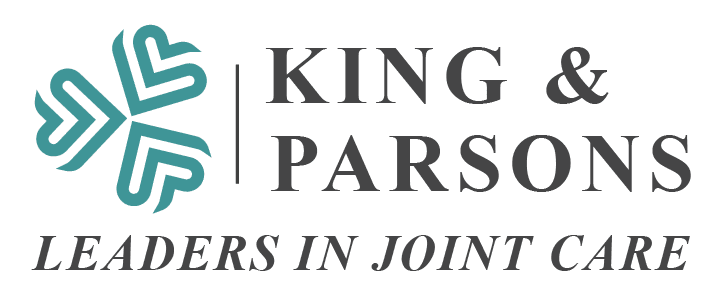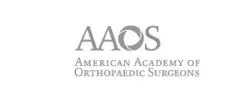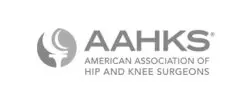Shoulder surgery has long been a reliable method for enhancing joint function, and recent advancements in the field are propelling it to new heights. The integration of special navigation technology during these procedures is reshaping the landscape of shoulder arthroplasty. In a groundbreaking study, researchers conducted an in-depth analysis of patient outcomes two years post-surgery, focusing on two procedures: anatomic total shoulder arthroplasty (ATSA) and reverse total shoulder arthroplasty (RTSA). This extensive investigation not only compared surgeries performed with navigation to traditional methods but also explored the influence of the angle of the shoulder implant on the overall results.
Historically, shoulder surgery has been a common solution to improve joint function, providing relief to individuals suffering from various shoulder conditions. The integration of intraoperative navigation has been a game-changer, introducing a level of precision and accuracy that was previously unattainable. This study, conducted on a large scale, aimed to evaluate the impact of navigational technology on the outcomes of two significant shoulder surgeries: ATSA and RTSA.
The central hypothesis of the study revolved around the belief that incorporating computer navigation into shoulder surgeries would yield outcomes that are at least as good, if not better, compared to traditional methods, all while reducing the occurrence of complications. The data supported this hypothesis, revealing that using navigation during shoulder surgery is not only safe but also ensures outcomes that are on par with or superior to those achieved through traditional methods.
The analysis of 216 ATSA procedures, conducted with preoperative planning and intraoperative navigation, yielded intriguing results. There were no statistically significant differences in postoperative complications, glenoid implant loosening, or revision rates between the navigated and non-navigated cohorts. This suggests that the use of navigation in ATSA doesn’t introduce additional risks or complications. Moreover, while overall outcomes were comparable, the navigated ATSA cohort showcased improved internal and external rotation, highlighting the positive impact of navigation on shoulder mobility.
For the 533 RTSA procedures studied, the group that underwent navigation showed a remarkable 1.7% reduction in postoperative complications and a 0.7% decrease in dislocations compared to the non-navigated group. These findings emphasize the safety and efficacy of using navigation in RTSA, offering a lower risk of complications post-surgery. Furthermore, the navigated RTSA patients exhibited significant improvements in internal rotation, external rotation, maximum lifting weight, and various assessment scores, including the Simple Shoulder Test (SST), Constant, and Shoulder Arthroplasty Smart (SAS). These improvements speak to the overall functional benefits of incorporating navigation in RTSA.
One of the unique aspects of this study was its exploration of the angle of the shoulder implant and the degree of correction performed during surgery. The prevailing assumption was that these factors might influence outcomes. However, the data revealed that the specific angle of the shoulder implant and the degree of correction do not negatively impact results. This is a significant revelation, assuaging concerns about potential complications arising from variations in implant positioning.
ATSA and RTSA
Higher Retroversion in ATSA: Cases with higher final retroversion in navigated ATSA showed significant improvements in pain, Constant, American Shoulder and Elbow Surgeons Standardized Shoulder Assessment Form (ASES), SST, University of California-Los Angeles shoulder score (UCLA), and Shoulder Pain and Disability Index (SPADI) scores.
Version Correction in RTSA: Higher degrees of version correction in navigated RTSA resulted in improved external rotation, SST, and Constant scores, as well as enhancements in forward elevation, internal rotation, pain, ASES, UCLA, SPADI, and SAS scores.
These subanalyses provide nuanced insights into the impact of implant angles and corrections on specific metrics, further supporting the overall conclusion that variations in these factors do not compromise the safety or effectiveness of navigation-assisted shoulder surgeries.
The Road Ahead: Precision and Patient Satisfaction
In conclusion, the study signifies a monumental step forward in the realm of shoulder surgery. The integration of intraoperative navigation has proven to be a safe and effective approach, offering outcomes that are at least as good as traditional methods while minimizing the risk of complications. The meticulous exploration of implant angles and correction degrees has dispelled concerns about potential negative impacts, opening new avenues for enhanced precision in shoulder arthroplasty.
This research holds great promise for the future of shoulder surgeries, assuring patients and healthcare professionals alike that advancements in technology can translate to better outcomes and increased satisfaction. As we continue to navigate the evolving landscape of medical innovations, the positive implications of this study pave the way for a more precise, patient-centric approach to shoulder arthroplasty.
Shoulder surgery, bolstered by the integration of navigation technology, is witnessing a transformative era. This comprehensive study, examining the outcomes of ATSA and RTSA, has not only validated the safety and efficacy of using navigation but has also debunked concerns surrounding implant angles and correction degrees. The findings provide a strong foundation for the future of shoulder arthroplasty, promising enhanced precision, reduced complications, and ultimately, happier patients. As we celebrate this significant leap in medical advancements, it’s clear that the journey of navigating success in shoulder surgery has only just begun.
Read the full study here.















